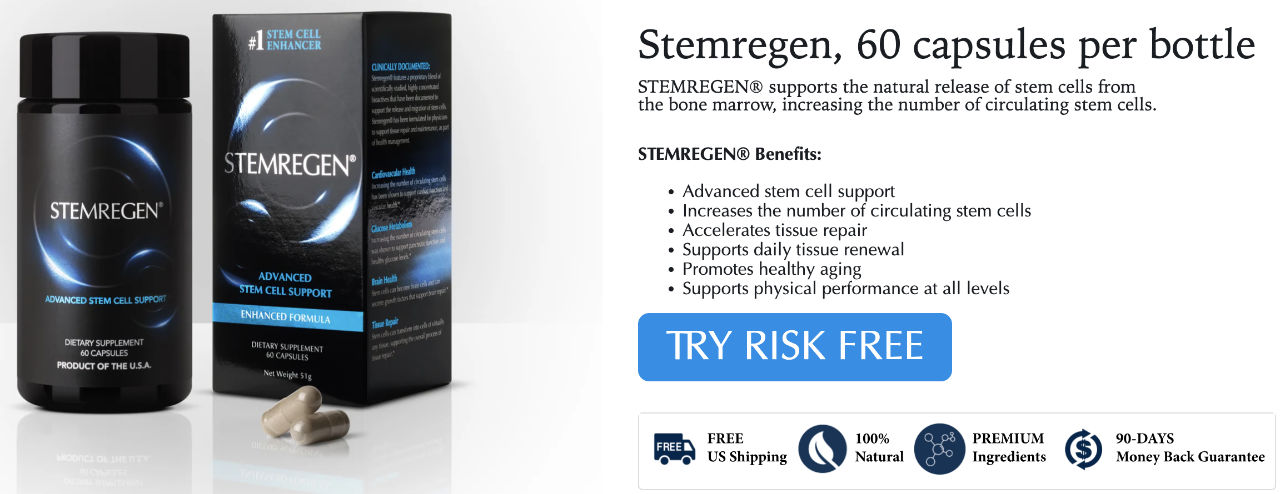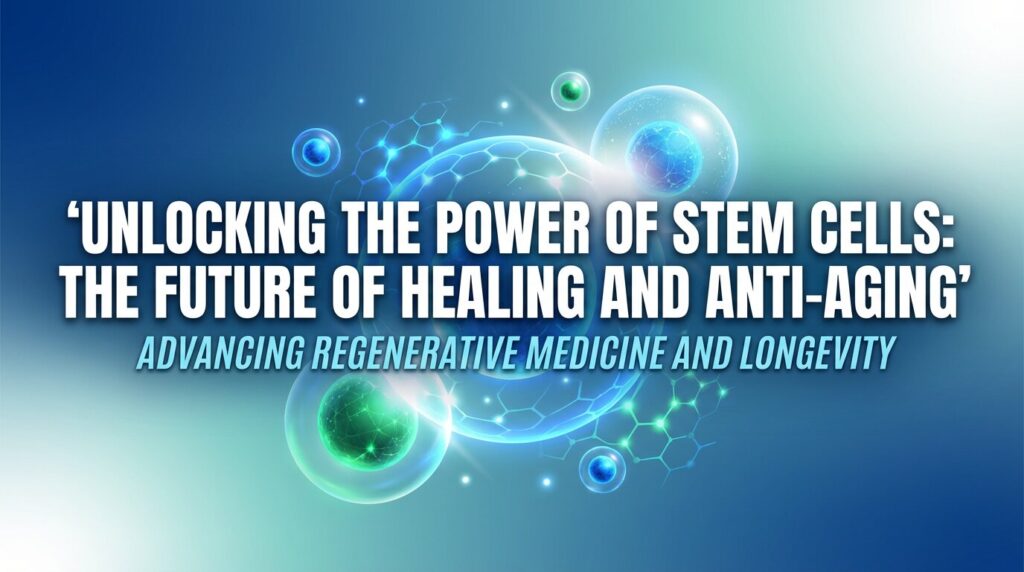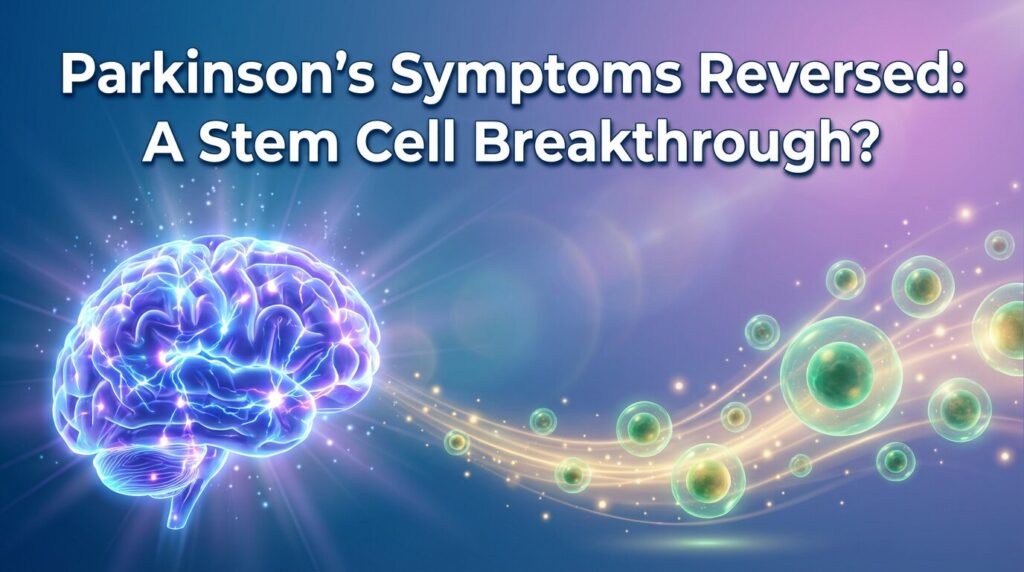Have you heard about stem cell therapy for joint pain or other conditions?
You may be surprised to learn that the cells used in many of these treatments, known as Mesenchymal Stem Cells (MSCs), might not be stem cells at all.
This article explores the evolving understanding of MSCs and what it means for regenerative medicine.
The Common Misconception About MSCs
Many clinics and marketing materials refer to MSCs as stem cells. This leads people to believe these cells directly replace damaged tissue.
However, new insights reveal a different story. Dr. Travis Whitney, a regenerative medicine specialist, explains that MSCs function more as signaling cells than as true stem cells.
From Stem Cells to Medicinal Signaling Cells
The term “Mesenchymal Stem Cell” was coined in the 1990s by Dr. Arnold Caplan. His early research showed that these cells could turn into bone, cartilage, or fat cells in a lab. But what happens in a petri dish is not the same as what happens inside the human body.
Dr. Caplan himself has since proposed a name change to Medicinal Signaling Cells, while keeping the MSC acronym. This new name better reflects their true function. Instead of becoming new tissue, MSCs act as “orchestrators of healing.” They send out signals that tell your body’s own repair cells what to do.
How MSCs Work in the Body
MSCs originate from pericytes, which are cells that wrap around your blood vessels. When you have an injury or inflammation, these pericytes detach and become active MSCs. They then release a variety of molecules that help the healing process.
| Signaling Molecule | Function in the Body |
| Growth Factors | Stimulate cell growth and proliferation |
| Cytokines | Modulate the immune system’s response |
| Exosomes | Carry signals between cells |
| Antimicrobial Peptides | Help fight infections |
These signals can reduce inflammation, prevent scarring, and encourage the formation of new blood vessels. They also activate your body’s own progenitor stem cells to repair the damaged tissue.
Why This Distinction Matters
Understanding that MSCs are signaling cells has significant implications for treatment.
The success of an MSC protocol depends heavily on the patient’s overall health. A healthy internal environment allows these signaling cells to work more effectively.
This new understanding also affects how these therapies are regulated.
Classifying MSCs as signaling cells rather than stem cells could make these treatments more accessible to patients who need them.
It also sets more realistic expectations about what the therapy can achieve.
The Future of Regenerative Medicine
The field of regenerative medicine is constantly evolving. The shift in understanding from MSCs as stem cells to signaling cells is a major step forward.
It emphasizes a more holistic approach to healing, where the focus is on creating the right environment for the body to repair itself.
This knowledge empowers patients to take an active role in their health. By improving your overall wellness, you can enhance the effectiveness of regenerative treatments. The future of healing lies in working with the body’s natural signaling processes.
More info about Dr. Travis Whitney and his practice here.



